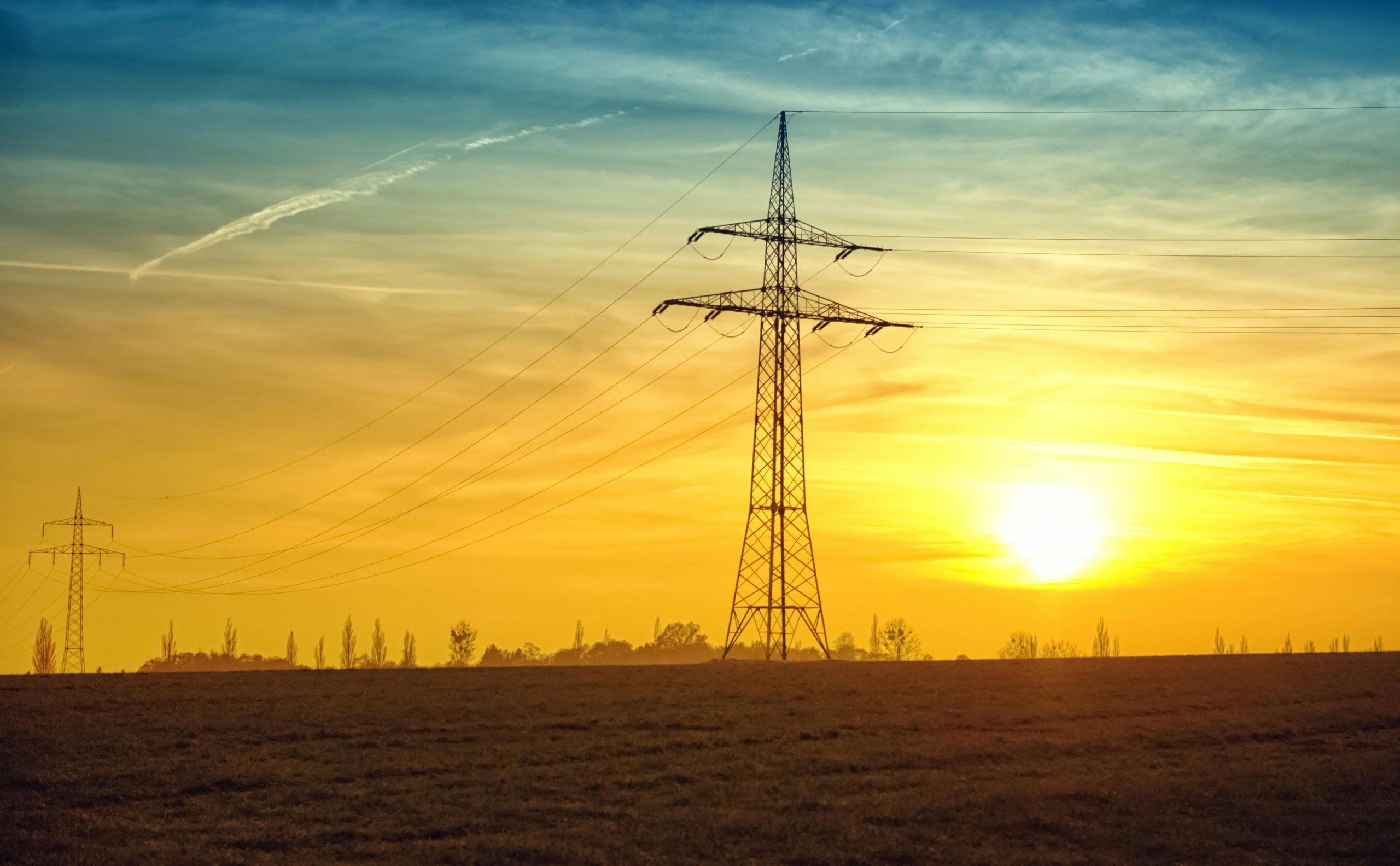In South Australia, connecting a solar system to the grid involves a specific SA Power Networks solar connection process that many homeowners aren’t familiar with. While your solar retailer typically handles the solar approval with SA Power Networks, understanding this process helps you track progress and set realistic expectations for when your system will be fully operational.
This guide walks you through each step of connecting solar panels in South Australia, explaining why distributor approval is necessary, what happens during meter upgrades, and your ongoing responsibilities as a solar system owner.
Table of Contents
Understanding the SA Power Networks Solar Approval System
Before installation begins, your solar retailer must obtain approval through the SA Power Networks solar application system. This critical step ensures your system meets all solar connection requirements in South Australia and can safely connect to the grid.
Residential vs. Commercial Systems: The 100kVA Threshold
SA Power Networks categorises solar connections differently based on system size:
Small/Residential Systems (≤100kVA)
- Follow the basic connection service process outlined in this article
- Typically use the ‘Model Standing Offer’ terms and conditions
- Generally have streamlined approval processes
- For residential systems, this usually means installations up to 10kVA per phase (30kVA total for three-phase)
Large/Commercial Systems (>100kVA)
- Require a negotiated connection process
- Need more detailed technical assessments
- May require network studies or upgrades
- Follow different application pathways
- Often have longer approval timeframes
While this guide focuses on residential solar connections (under 100kVA), understanding this distinction helps explain why larger commercial installations follow a different process with SA Power Networks.
Why Distributor Approval is Required
You might wonder, “Why do I need SA Power Networks permission for solar?” The answer relates to grid stability and safety. As the distributor responsible for the electricity network, SA Power Networks must:
- Ensure your system won’t overload the local grid
- Verify your system meets safety standards
- Manage electricity exported back to the grid
- Maintain stable voltage levels throughout the network
Installing solar without approval could lead to grid instability, potential damage to your system, or even safety hazards for network maintenance workers.
Traditional vs Advanced Generation Areas
SA Power Networks classifies locations into two categories that affect your solar export capabilities:
Traditional Generation Areas
- Export limit generally capped at 5kW per phase
- Fixed export arrangements only
- More limitations on solar capacity
Advanced Generation Areas
- Higher export potential available
- Option for either fixed or flexible export limits
- Better equipped grid infrastructure for solar integration
You can check your property’s classification on the SA Power Networks website.
Fixed vs Flexible Export Options
If you’re in an Advanced Generation Area, you’ll have two export options:
Fixed Export (1.5kW per phase)
- Consistent export limit that never changes
- Simpler to understand and implement
- May limit potential solar benefits in favourable conditions
Flexible Export (up to 10kW per phase)
- Dynamic export limits that can change based on grid conditions
- Requires compatible inverter and communication equipment
- Potentially higher exports when grid conditions allow
- May be limited during high solar production periods when the grid is constrained
Your solar retailer can help determine which option is best for your specific situation.
How the Solar Application Process Works
While your installer manages the SA Power Networks solar application, knowing what information they need can expedite the process. The application typically requires detailed system specifications, site information, and your electricity consumption patterns.
Required Documentation and Information
A complete SA Power Networks solar application includes:
- Your property details and NMI (National Meter Identifier)
- Proposed system size and specifications
- Inverter model and settings
- DER (Distributed Energy Resource) generation information
- Single line diagrams
- Export limit selection (fixed or flexible if eligible)
- Compliance declarations for relevant Australian Standards
Who Submits the Application?
Typically, your solar retailer or their accredited installer submits the application on your behalf. This is advantageous because they understand the technical requirements and can respond to any requests for additional information. The application is submitted through SA Power Networks’ dedicated portal for solar connections.
Application Timeline
The SA Power Networks solar connection process timeline varies depending on application complexity:
- Simple applications: Typically approved within 10 business days
- Complex applications: May take 20+ business days
- Meter installation: Generally 5-15 business days after approval
The entire process from application to operational system typically takes 4-8 weeks, though SA Power Networks solar connection delays can occur during high-volume periods.
From Approval to Installation: What Happens Next
Once you receive solar approval from SA Power Networks, your installer can proceed with the physical installation. This stage typically takes 1-2 days depending on system complexity, but it’s just one part of the complete solar installation timeline in South Australia.
The Installation Process
After approval, your solar installation follows these steps:
- Pre-installation site assessment – Confirming roof condition and system placement
- Physical installation – Mounting panels, installing inverter, and completing electrical work
- System programming – Setting up inverter parameters according to approval conditions
- Compliance testing – Ensuring the system meets all safety requirements
- Documentation – Completing Certificates of Compliance for electrical work
Technical Requirements
All solar installations must comply with specific requirements from SA Power Networks, including:
- Australian Standard AS/NZS 4777 (Grid connection of energy systems via inverters)
- Australian Standard AS/NZS 3000 (Wiring Rules)
- SA Power Networks Service Installation Rules
- Inverter settings that match approved export limits
- Automatic disconnection if voltage exceeds 258 volts
Your installer is responsible for ensuring these requirements are met before the system can be connected to the grid.
The Essential Solar Meter Upgrade: What You Need to Know
A critical component of the SA Power Networks solar connection process is the solar meter upgrade in South Australia. This bi-directional meter allows for measuring both electricity you consume and the excess solar power your system exports to the grid.
Why a New Meter is Required
Your existing electricity meter likely only measures consumption (electricity flowing into your home). With solar, you need a bi-directional meter that can also measure:
- Electricity generated by your solar system
- Power exported back to the grid
- Net consumption or production
- Time of use data for accurate billing
Without this meter upgrade, there’s no way to accurately measure and credit you for excess power your system exports.
The Meter Replacement Process
The meter upgrade process typically involves:
- Your solar retailer or installer notifies your electricity retailer of the approved solar installation
- The electricity retailer arranges for a meter technician to install the new meter
- The meter provider schedules an appointment for the installation
- The old meter is removed and the new smart meter is installed
Why You Can't Operate Your System Before Meter Installation
A common question is “Can I turn on solar before meter upgrade?” The answer is no, for several important reasons:
- Operating without a proper bi-directional meter may violate the terms of your connection agreement
- Any exported electricity won’t be measured or credited
- The system hasn’t been properly tested and commissioned with the grid
- There could be safety issues for network personnel
- Your warranty may be affected by unauthorised operation
While it may be frustrating to have panels installed but not operational, this final step ensures safe and proper integration with the electricity network.
Final Steps in the SA Power Networks Connection Process
After meter installation, your system undergoes final testing and commissioning to ensure it meets all solar system inspection requirements in SA. Your installer will verify the system operates within the specified SA Power Networks export limits, which vary depending on your location.
System Testing and Commissioning
The final commissioning process includes:
- Verifying proper meter operation
- Testing automatic safety shutdowns
- Confirming export limit settings
- Checking for proper earthing and electrical safety
- Setting up monitoring systems (if included)
- Demonstrating system operation to the homeowner
When Can You Start Generating?
Your system can be switched on once:
- The bi-directional meter is installed and operational
- Final commissioning is complete
- Your installer provides you with all required documentation
- You receive formal notification that the system is approved for operation
At this point, your solar system is officially part of SA Power Networks’ distributed energy resources and can begin generating clean electricity and potentially exporting excess power to the grid.
Managing Your Solar Connection: Ongoing Requirements
Understanding how your solar export capacity in South Australia works helps maximize the benefits of your investment. SA Power Networks monitors grid stability, and there may be times when export capability is limited to maintain network reliability.
Homeowner Responsibilities
As outlined in SA Power Networks’ terms and conditions, you have ongoing responsibilities:
- Ensure the system remains compliant with current standards
- Maintain the system in good working order
- Have the system inspected periodically (at least every 5 years)
- Seek approval before modifying or upgrading your system
- Comply with any directions from SA Power Networks regarding system operation
- Ensure proper operation of any export limiting mechanisms
- Understand that expanding your system beyond 100kVA would require a completely different connection process
What Happens When You Sell Your Home?
If you sell your property, the new owner will need to be aware that:
- For flexible export systems, the classification will revert to fixed export
- They should understand the system’s maintenance requirements
- All documentation should be transferred to the new owner
- The connection agreement continues with the new property owner
Frequently Asked Questions About Solar Connections in South Australia
Who submits solar application to SA Power Networks?
Typically, your solar retailer or installer will handle the application process on your behalf. They have experience with the technical requirements and application portal.
How long does the entire SA Power Networks solar connection process take?
The process usually takes 4-8 weeks from initial application to operational system, with approval taking 10-20 business days and meter installation requiring another 5-15 business days.
What happens when SA Power Networks approves solar?
After approval, your installer can proceed with physical installation. Once complete, your electricity retailer arranges for a new meter to be installed, after which the system can be commissioned and turned on.
Can I increase my export limits after installation?
Possibly, but it requires a new application and assessment by SA Power Networks. Approval depends on local network capacity and current policies. If your planned upgrade would push your system over 100kVA, you’ll need to go through the negotiated connection process instead of the basic connection service.
What's the difference between the application process for systems under and over 100kVA?
Systems under 100kVA (like most residential installations) follow the basic connection service process with standardised terms and conditions. Systems over 100kVA require a negotiated connection agreement with SA Power Networks, involving more detailed technical assessments, potentially longer timeframes, and possibly network upgrade costs.
What if my application is rejected?
If your application is rejected, SA Power Networks will provide reasons and may suggest alternatives, such as a smaller system or different export limits. Your installer can help you revise and resubmit the application.
How do I know if my solar system is exporting correctly?
Your new smart meter and inverter monitoring system (if installed) can show real-time and historical export data. Your electricity bill will also reflect credits for exported power.
Understanding the SA Power Networks solar connection process gives you valuable insight into what’s happening behind the scenes as your solar system is being installed. While the process involves multiple steps and several parties (installer, distributor, and retailer), the result is a safe, compliant solar system that can provide you with clean energy for decades to come.
For the most current information about solar connections, visit the SA Power Networks website or speak with your solar retailer.
Disclaimer: This guide is informational only and does not replace official documentation from SA Power Networks or advice from licensed solar professionals.




